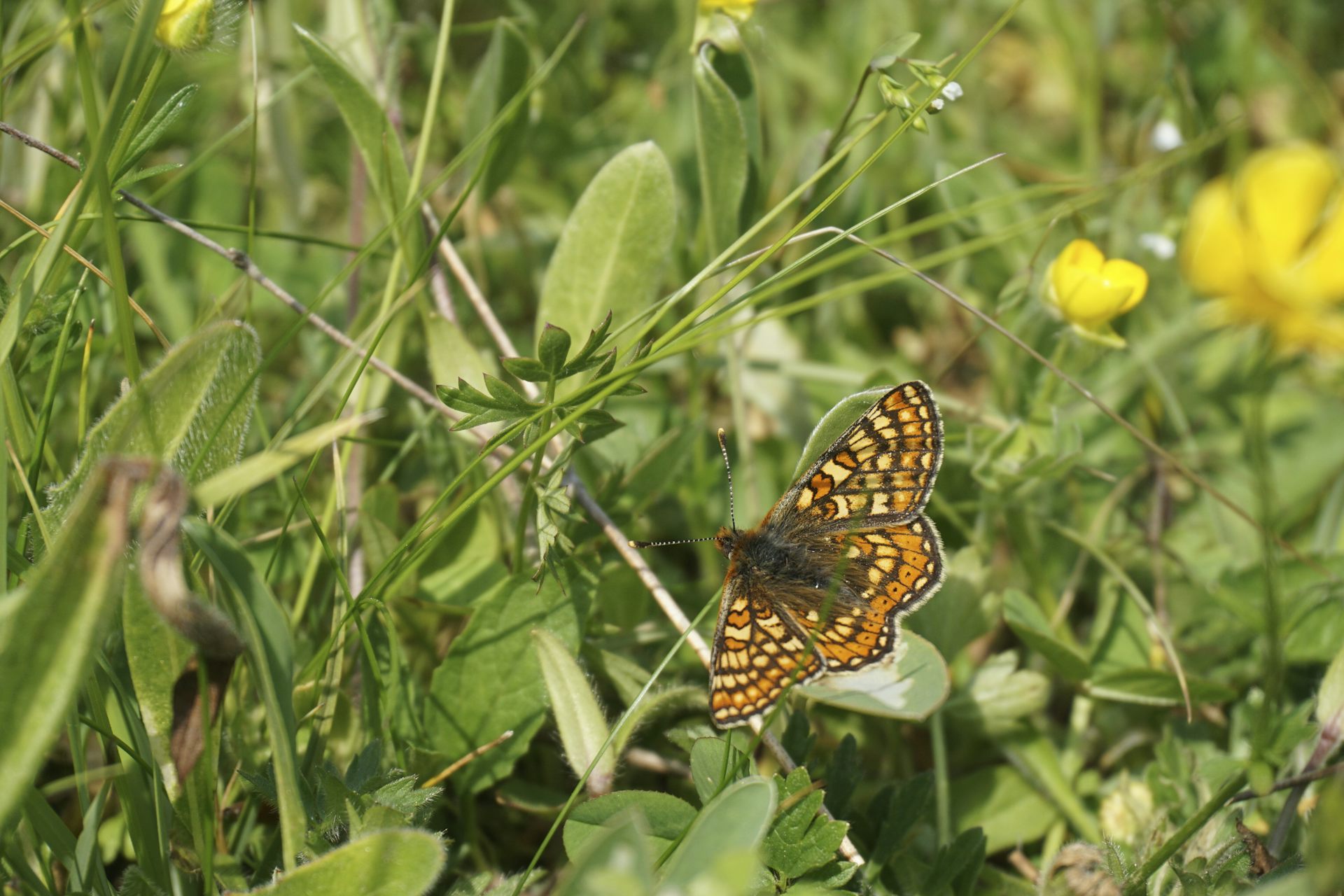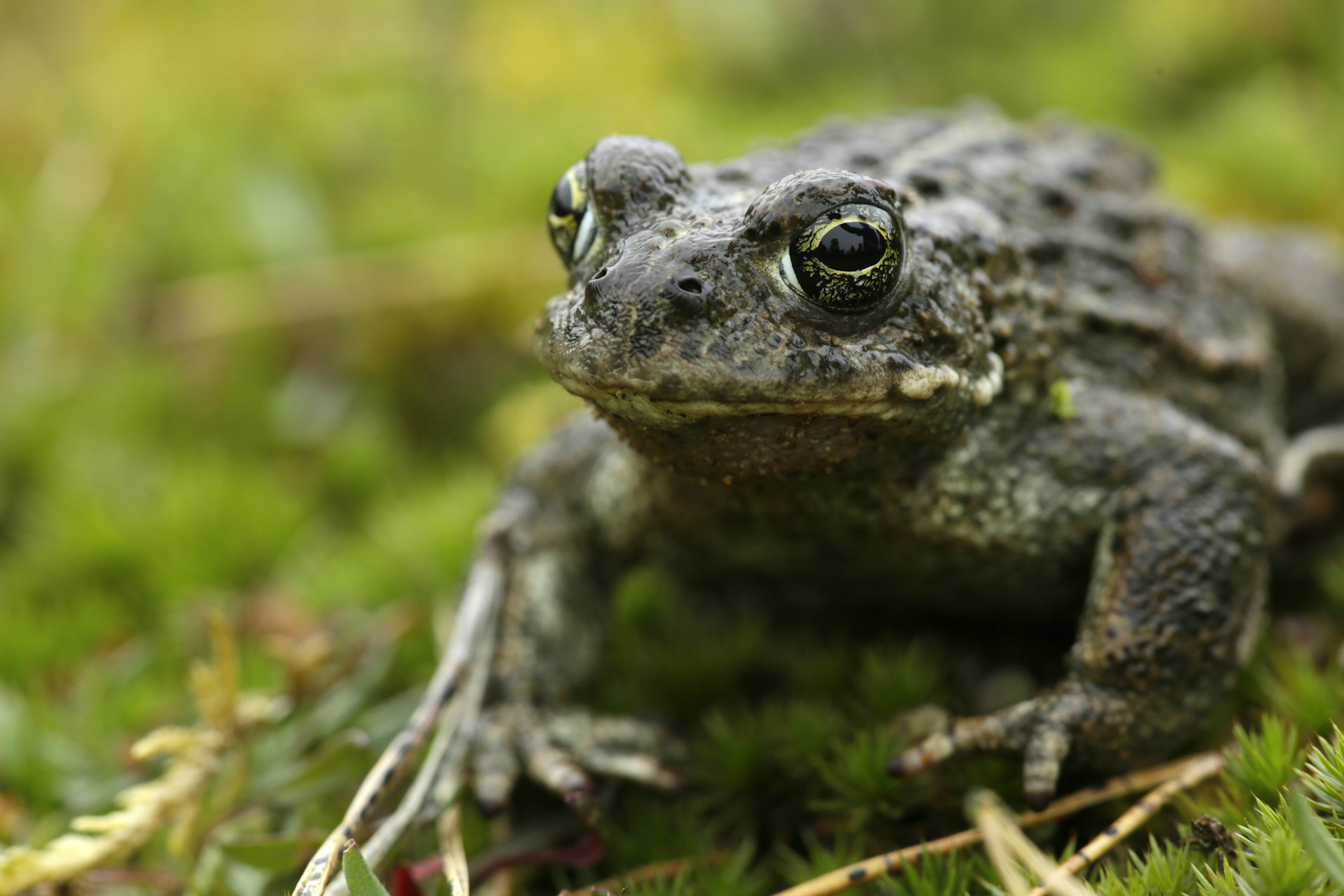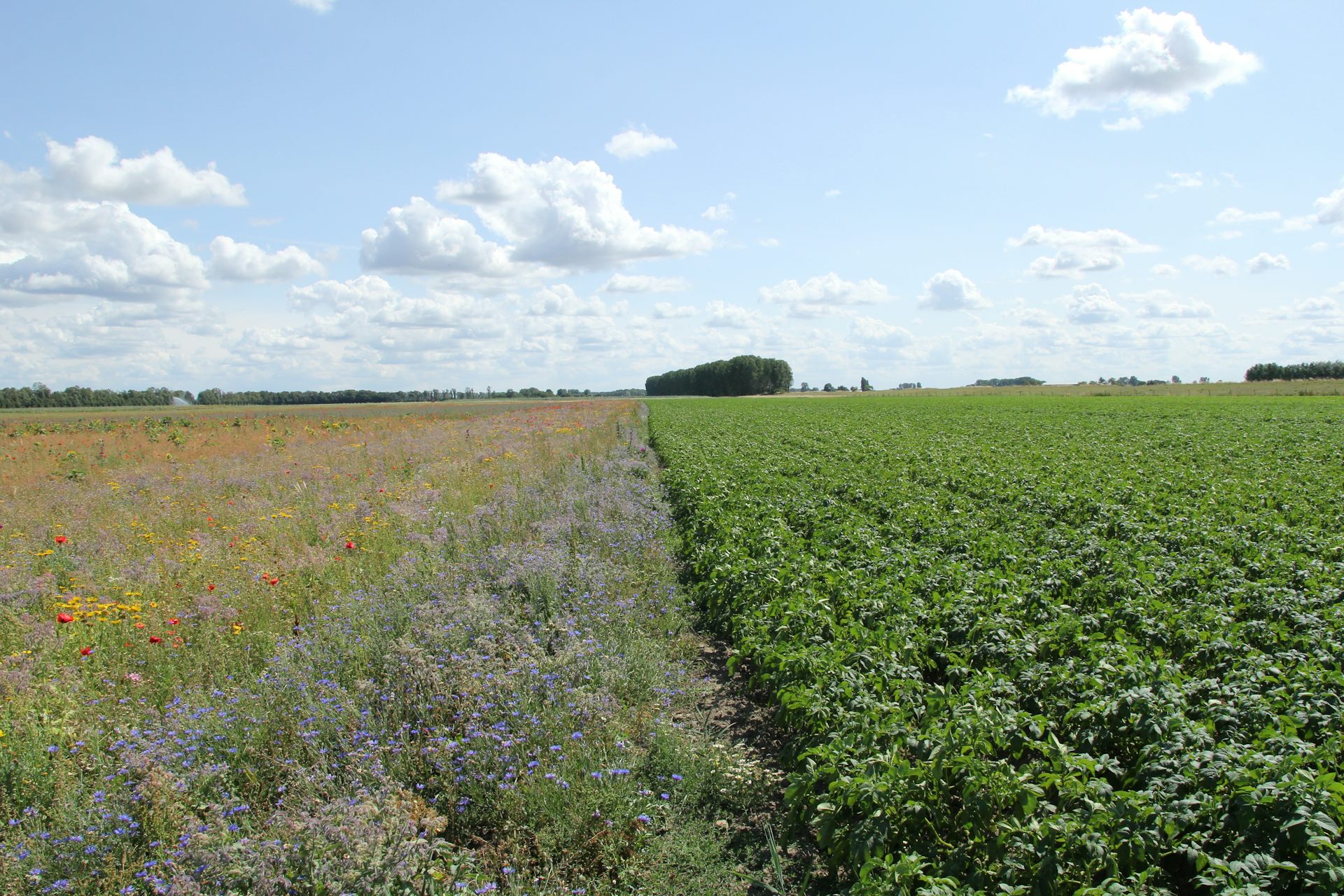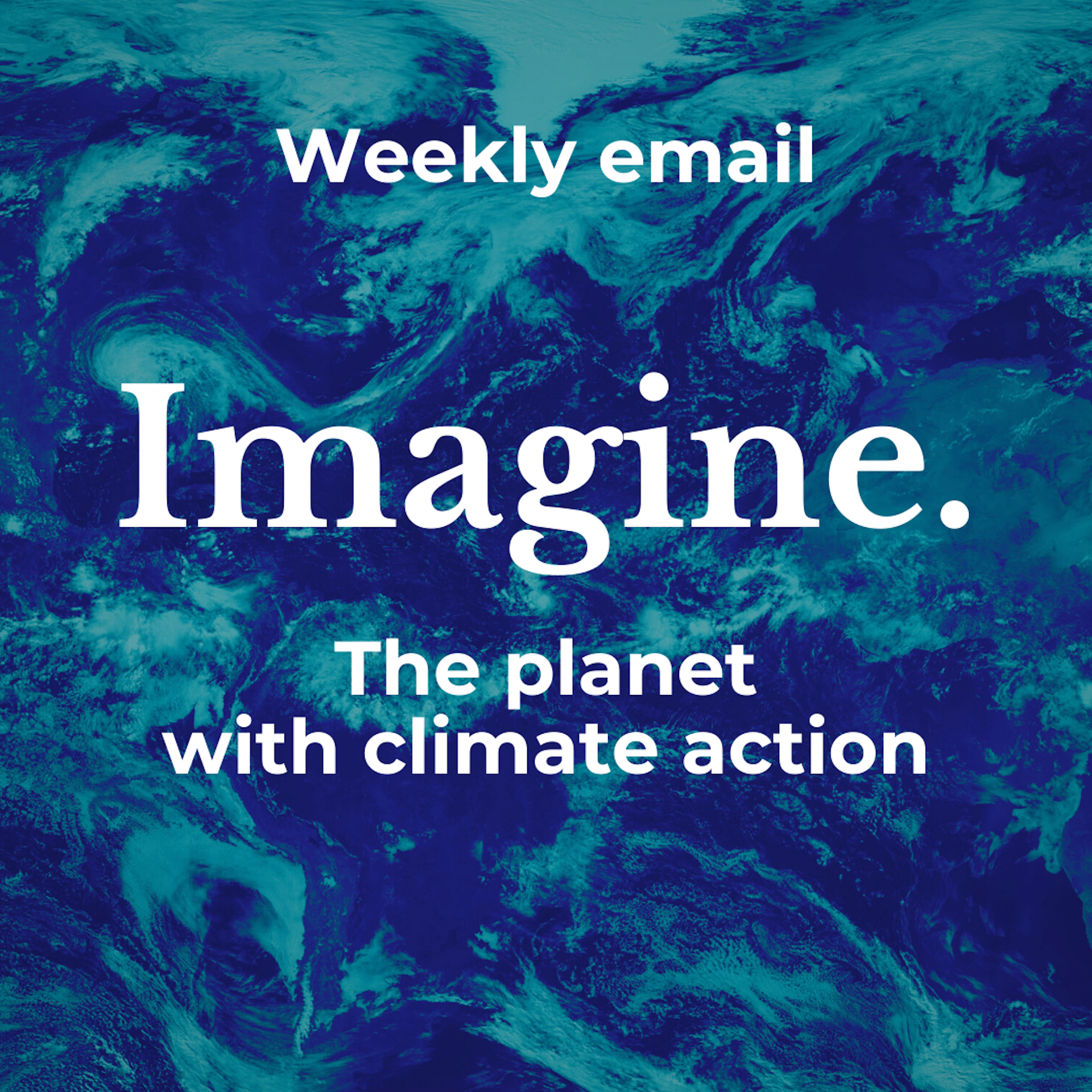One in six UK species threatened with extinction – here's what we could lose (plus how to save them)
One of the great crimes of the Abrahamic religions is the allegedly 'God-given' dominion over the entire planet Earth, its wildlife, its mineral wealth and its land and sea to humankind, to be treated as free and there for the sole benefit of humankind with no other purpose.
In the British Isles this has resulted in a landscape dominated by towns and cities, agriculture and monoclonal forestry, and coastal waters where anything edible is hoovered up and consumed, leaving, in many cases, stocks too small and immature, or too scarce to maintain a stable population, let alone recover.
And our waste in the form of single-use plastics, sewerage, industrial waste such as CO2 and heavy metals, agricultural run-off containing artificial fertilisers, have polluted and destroyed many waterways. Agricultural monocultures have produced virtual deserts, so far as many species are concerned and destroyed soil structure with over-use of pesticides and artificial fertilisers has led, in a few years, to loss of precious topsoil that took hundreds of thousands of years to create and ploughed-up water-meadows have gone, taking their biodiversity with them.
Consequently, our wild bird, wild mammal, insect and wild plant populations have been in steep and accelerating decline for most of the last two centuries.
According to the following report, we are now faced with the extinction of 1,500 of our 10,000 species. The report, "State of Nature" is the result of a collaboration between a large number of British and Irish conservation and wildlife charities. It can be read here:
The State of Nature report referred to in the article may be read here:
A commentary on the article, by Professor Richard Gregory, Honorary Professor of Genetics, Evolution & Environment, University College, London, is reprinted here from The Conversation, under a Creative Commons licence, reformatted for stylistic consistency:

One in six UK species threatened with extinction – here’s what we could lose (plus how to save them)
Water voles are endangered mammals in the British Isles.
Credit: Ben Andrew/RSPB
Richard Gregory, UCL
The UK is considered one of the most nature-depleted countries in the world. This is not surprising given its history of early industrialisation and agricultural intensification.
These islands have lost species and unique habitats have shrunk to tiny remnants. Nearly every landscape and view has transformed.
What is more surprising is that over the last 50 years or so, from when scientists started to collect information about biodiversity systematically, there has been no let-up in that downward slide.
More than 750 assessed species have declined by 19% on average since monitoring began in 1970. The losses continue despite the heroic efforts of many passionate people and organisations. Today, out of over 10,000 species assessed, 16% (1,500, or one in six) are threatened with extinction.
That is the sobering conclusion of the latest state of nature report, compiled by experts from over 60 of the top research and conservation organisations in the UK, using the latest and most accurate information about biodiversity on land, in freshwater, around the coast and in the ocean.
The evidence that species and habitats are being lost is clear. And yet, as the report shows, there has never been a better understanding of the state of nature and, importantly, what is needed to fix it.
Nature continues to decline
Everyone depends on nature for the things it provides for free: so-called ecosystem services like healthy food, materials, clean air and water. You could add human wellbeing, physical and mental health – and for many, inspiration, solace and joy.
There is cause to protect nature because it aligns with our values, from the moral responsibility we feel to future generations to the intrinsic worth we know nature has. These are all good reasons, but self-preservation is compelling.
The new report presents evidence of how and why nature is changing in the UK and in its four constituent countries. To do this, the authors analysed three measures: species abundance (the number of individuals), species distribution (the proportion of sites occupied) and national extinction risk.
These measures have been assessed for hundreds – and in some cases thousands – of species native to the UK. Our new findings are in line with previous reports (2013, 2016, 2019) in pointing to a pattern of continued biodiversity loss.

The threatened marsh fritillary butterfly.
Credit: Patrick Cashman/RSPB
- The distributions of almost 5,000 invertebrate species have on average shrunk by 13% since 1970. Strong declines were seen in insect groups that perform key ecosystem functions, including pollinators (18% decrease) and pest controllers (34% decrease).
- The distributions of 54% of flowering plant species and 59% of bryophytes (mosses and liverworts) have decreased across Britain since 1970. By comparison, only 15% and 26% of these groups have increased respectively.
- The abundance of 13 species of seabird has fallen by an average of 24% in the UK since 1986. But these results pre-date an ongoing outbreak of Highly Pathogenic Avian Influenza, which has killed thousands of seabirds, some belonging to populations constituting the bulk of an entire species.
- Roughly 2% of species (151) once found in the UK have disappeared. These include the great auk, Kentish plover, Norfolk damselfly, burbot and large copper butterfly.
At sea, unsustainable fishing practices are a major factor. Added to these pressures on wildlife are invasive species, pollution and for some, such as birds of prey, persecution.
Solving all of these problems will involve several actions that can be joined up to support each other. This must be swift and extensive to be effective.
The report establishes what is known about the success or failure of conservation efforts. Fortunately, there are many success stories. Species like natterjack toads, Duke of Burgundy butterflies, bitterns, and large marsh grasshoppers have all benefited from bespoke conservation projects and are bouncing back.

Natterjack toads cling on in a handful of shallow coastal pools.
Credit: Andy Hay/RSPB
Recovery by 2050?
It is only through the collective efforts of thousands of people, most of them volunteers, that we can report on the state of nature with such clarity and breadth. Without their enthusiasm, commitment and skill, we’d only have a sketchy understanding of how the environment is changing, and whether conservation efforts are making a difference.
The 2023 state of nature report is timely given the recent adoption of global targets to recover nature. The Convention on Biological Diversity’s new global framework, signed by nearly 200 countries in December 2022, aims to maintain, enhance, restore and expand ecosystems, reduce the number of species threatened with extinction and increase the abundance of native species by 2030, putting nature on a path to recovery by 2050.

Restoring meadows on farmland could benefit pollinating insects.
Credit: Angel217/Shutterstock
That means making food production more sustainable and nature-friendly on land and at sea, and adjusting our diets to cut demand for products that drive the loss of nature, such as meat.
Nature-based solutions to climate change, such as restoring and protecting carbon-absorbing forests and wetlands in river catchments, or restoring coastal habitats, can also boost biodiversity if well designed (think saving two birds with one tree).
We have never had a better understanding of the state of nature and what is needed to fix it. Now we need action.
Don’t have time to read about climate change as much as you’d like?
Get a weekly roundup in your inbox instead. Every Wednesday, The Conversation’s environment editor writes Imagine, a short email that goes a little deeper into just one climate issue. Join the 20,000+ readers who’ve subscribed so far.
Get a weekly roundup in your inbox instead. Every Wednesday, The Conversation’s environment editor writes Imagine, a short email that goes a little deeper into just one climate issue. Join the 20,000+ readers who’ve subscribed so far.

This article is republished from The Conversation under a Creative Commons license. Read the original article.
Those who cling forlornly to this childish delusion need to explain why the perfect, omniscience god with a perfect plan apparently created so many species doomed to extinction, ecosystems to be destroyed by a rise in global temperatures by a few degrees and coastal cities destined to be inundated by sea-level rises of a few feet when the polar ice-caps melt.
It's exactly like there isn't any intelligence running the world.



No comments:
Post a Comment
Obscene, threatening or obnoxious messages, preaching, abuse and spam will be removed, as will anything by known Internet trolls and stalkers, by known sock-puppet accounts and anything not connected with the post,
A claim made without evidence can be dismissed without evidence. Remember: your opinion is not an established fact unless corroborated.